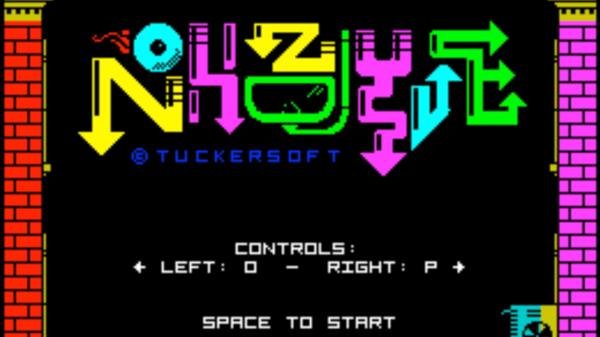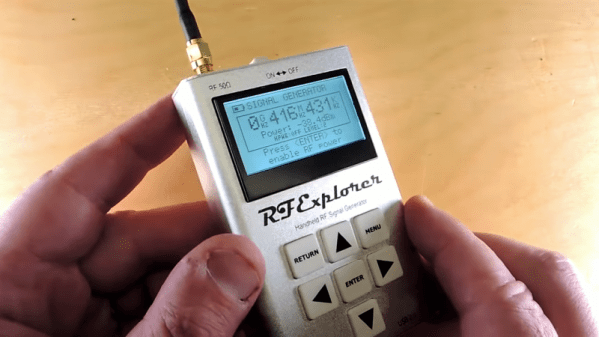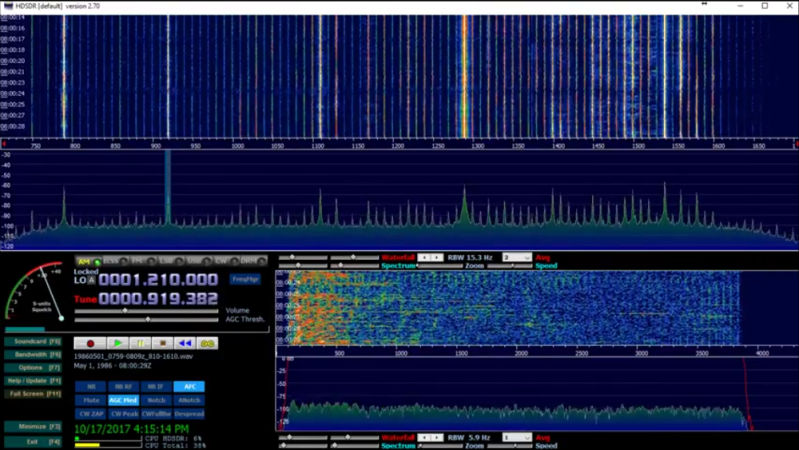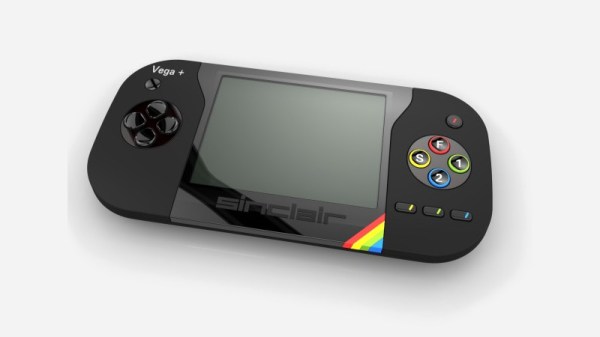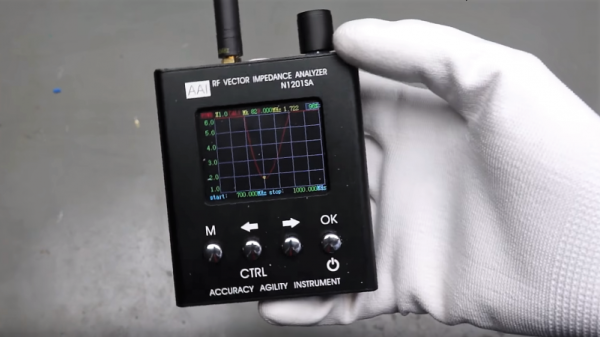The dark, dystopian future is ever-present in the Netflix show Black Mirror, but the latest release in the series, Bandersnatch, presents a decidedly different narrative. Bandersnatch is a branching story that follows the fictional events of a garage-programmer named Stephan who develops the titular game, Bandersnatch, for the Tuckersoft company set in 1980s England. The whole thing plays out as a choose-your-own adventure game fit straight off the Sega CD (albeit with actual full motion video) by allowing watchers to pick what happens next in the story. Not one to miss a cross-promotional opportunity, Netflix also released a playable ZX Spectrum homebrew title, Nohzdyve, developed by a friend of Hackaday, [Matt Westcott].
Keen viewers of Bandersnatch were able to ascertain that the screeching sound at the end of the show when loaded into a ZX Spectrum would display a QR code. That in turn led to a real website for the fake Tuckersoft company (thankfully in HTML). The website itself showcases the fictional company’s software library and upcoming releases, but it also took things a step further. The duality of Bandersnatch is carried over to the website as there are branching paths for those that remove ‘www’ from the URL. Doing so reveals Tuckersoft’s website from an alternate timeline where Bandersnatch was never created, however, a downloadable copy of Nohzdyve in a .tap file is there for the taking.
The Nohzdyve game itself is a vertically scrolling action game that uses the ZX Spectrum’s garish color palette to great effect. Racking up a high score in the game can be done via emulator (for example Speccy) or for the most authentic experience, on real hardware. This may be the best reason to fire up a tape drive in a while, but for those seeking the less-analog approach there is always this gameplay footage from Mr. Tom FTW’s channel:
Continue reading “Netflix Drops ZX Spectrum Homebrew Title Nohzdyve”

